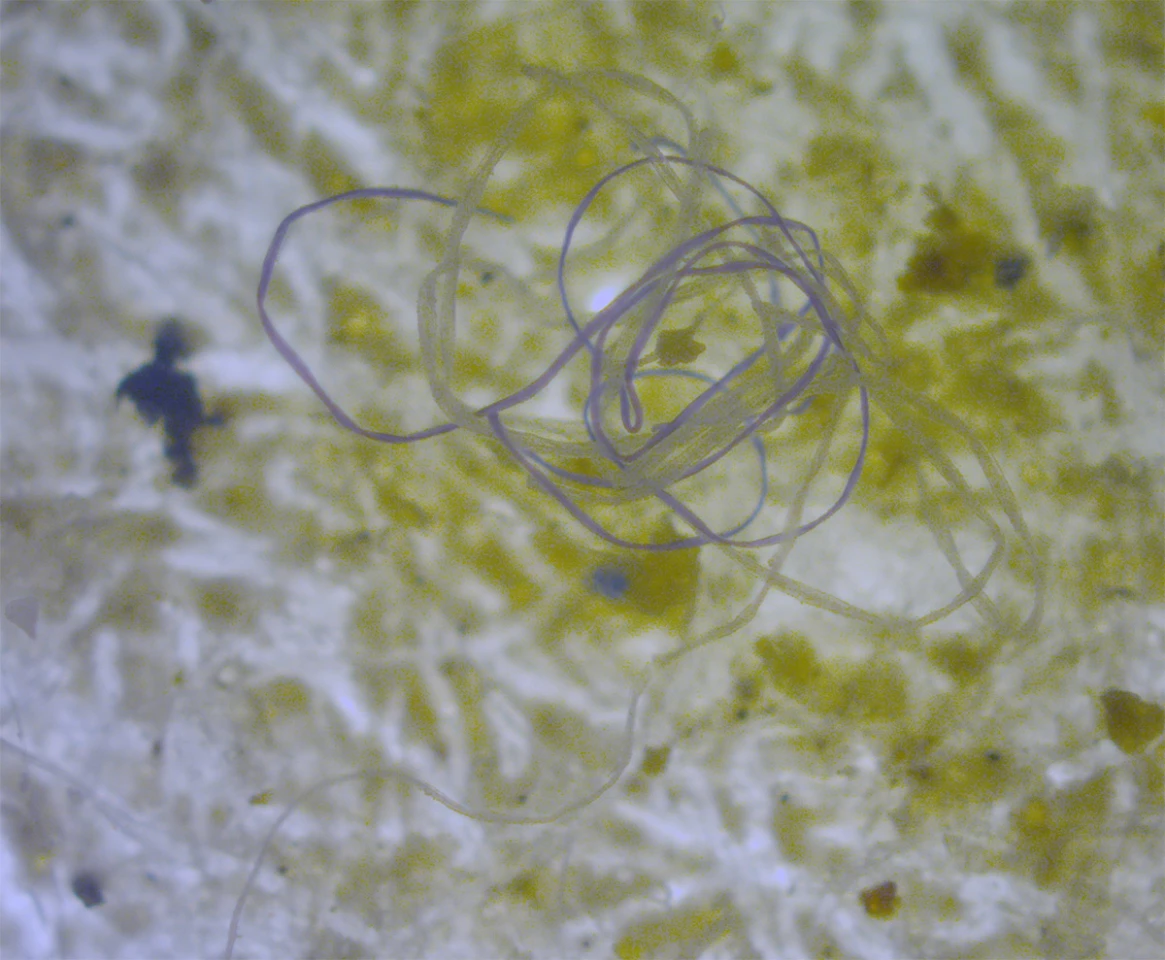Research out of the University of Toulouse, France, has revealed that we’re probably harming our lungs a lot more than we knew. Every day, we’re inhaling teeny tiny bits of plastic that are smaller than a speck of dust without even leaving the house – and the findings show the amount is 100 times greater than previously estimated.
That’s from a study led by researcher Nadiia Yakovenko, who measured fine microplastic particles seven times thinner than a strand of human hair, suspended in the air in both homes and cars (including Yakovenko’s own apartment) a couple of years ago. Yakovenko’s paper on the research appeared in PLOS this week.
We’ve known about the presence of microplastics for a couple of decades now, and they’ve been polluting our oceans, our food, and our water for much longer than that. As Yakovenko explained in an interview, these miniscule fragments “can enter deep into our respiratory system and potentially cause inflammation or irritation. Microplastics carry toxic additives, such as bisphenol A, or phthalates, which can reach our bloodstream. While research is still ongoing, there is concern that long-term exposure to microplastics and their additives may contribute to respiratory problems, disrupt endocrine function and increase risk for neurodevelopmental disorders, reproductive birth defects, infertility, cardiovascular disease, and cancers.”

Our general understanding of microplastics has led us to believe they’re mostly concentrated in polluted oceans and industrial areas, but this study highlights how we’re basically surrounded by these particles even in places we think of as safe and clean. Previous efforts to study air quality have only ever identified particles, ranging from 20 to 200 micrometers in diameter, which are on the larger side and are less likely to penetrate the lungs. than particles of 10 micrometers across or less.
To arrive at an accurate scale of the amount of microplastics we’re exposed to in our homes and cars, the researchers used an analytical technology called Raman Spectroscopy to study tiny particles with the help of lasers, along with a microscope and free software to count the number of objects in an image. This method allowed the team to quantify even small microplastics down to one micrometer.
What the researchers found was alarming: adults inhale about 3,200 larger microplastic particles per day in the range of 10 to 300 micrometers across, and 68,000 tinier particles of 1 to 10 micrometers per day. The team notes this is 100 times more than previous estimates of the amount of small-diameter particles.

So how do all these microplastics find a way into our homes and vehicles? They basically break off from slowly degrading plastic objects like frequently used household items, carpeting, and fabrics. And most cars typically have a range of plastic-based materials on the inside (like the dashboard and seats) that are worn down from day-to-day use, and the heat and solar irradiance from the sun. And all this is in addition to the microplastics we already know we’re already exposing ourselves to. A recent study showed that a packaged bottle of water was found to contain 240,000 fragments of plastic.
This is worrying, because it shows that we’ve previously underestimated – and may continue to do so – how much microplastic we’re unknowingly allowing into our environments and our bodies. We also don’t yet know the full extent of the harm this can cause.
But studies like Yakovenko’s can inform the choices we make in the materials we use, the measures we put in place to negate the harmful effects of microplastics, and the health recommendations and standards we enforce to create safe indoor environments. The team plans to apply its approach to study air quality in different indoor settings for a more comprehensive understanding of the pervasiveness of microplastics in the air around us.
Sources: PLOS, EurekAlert
